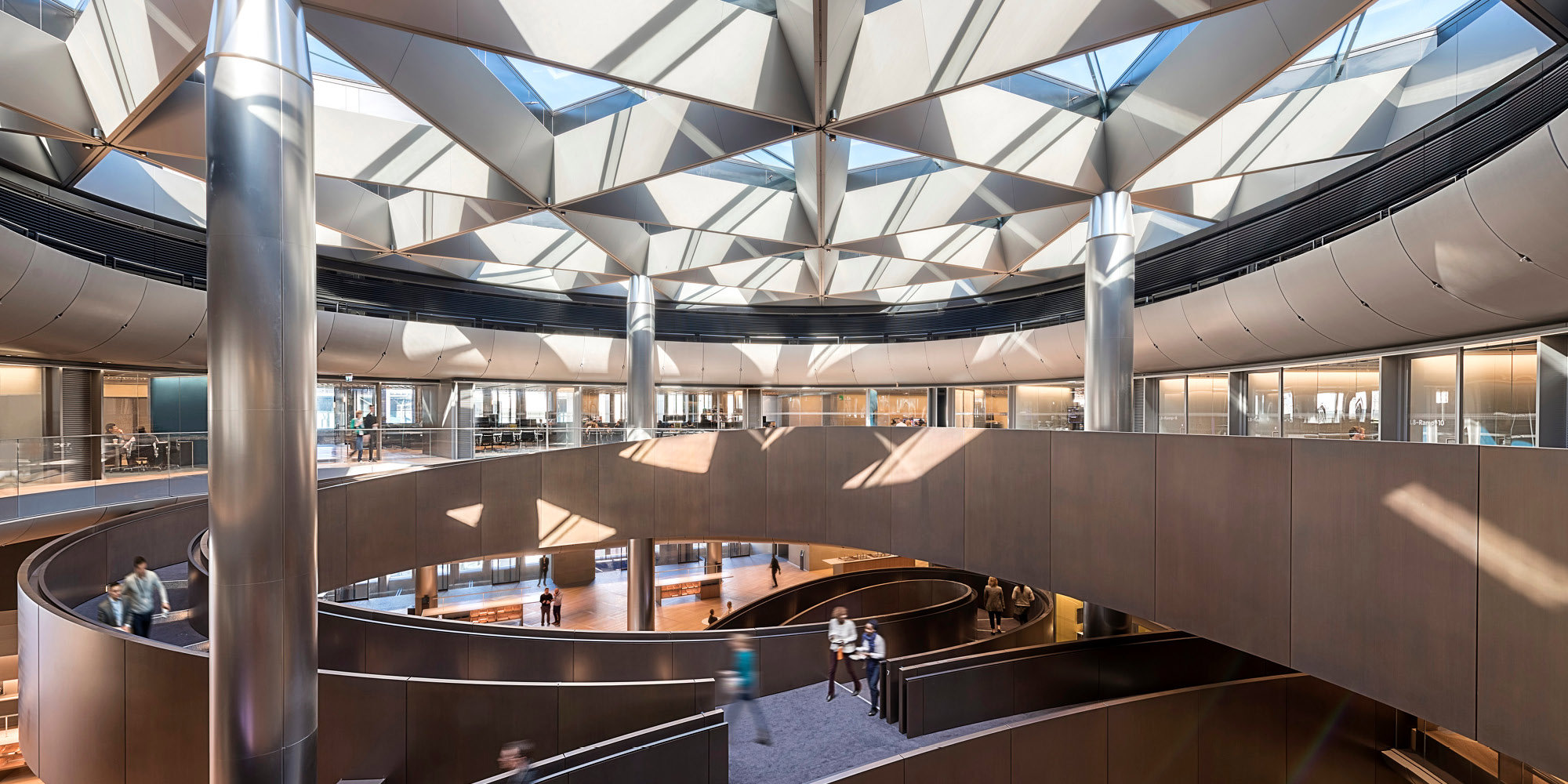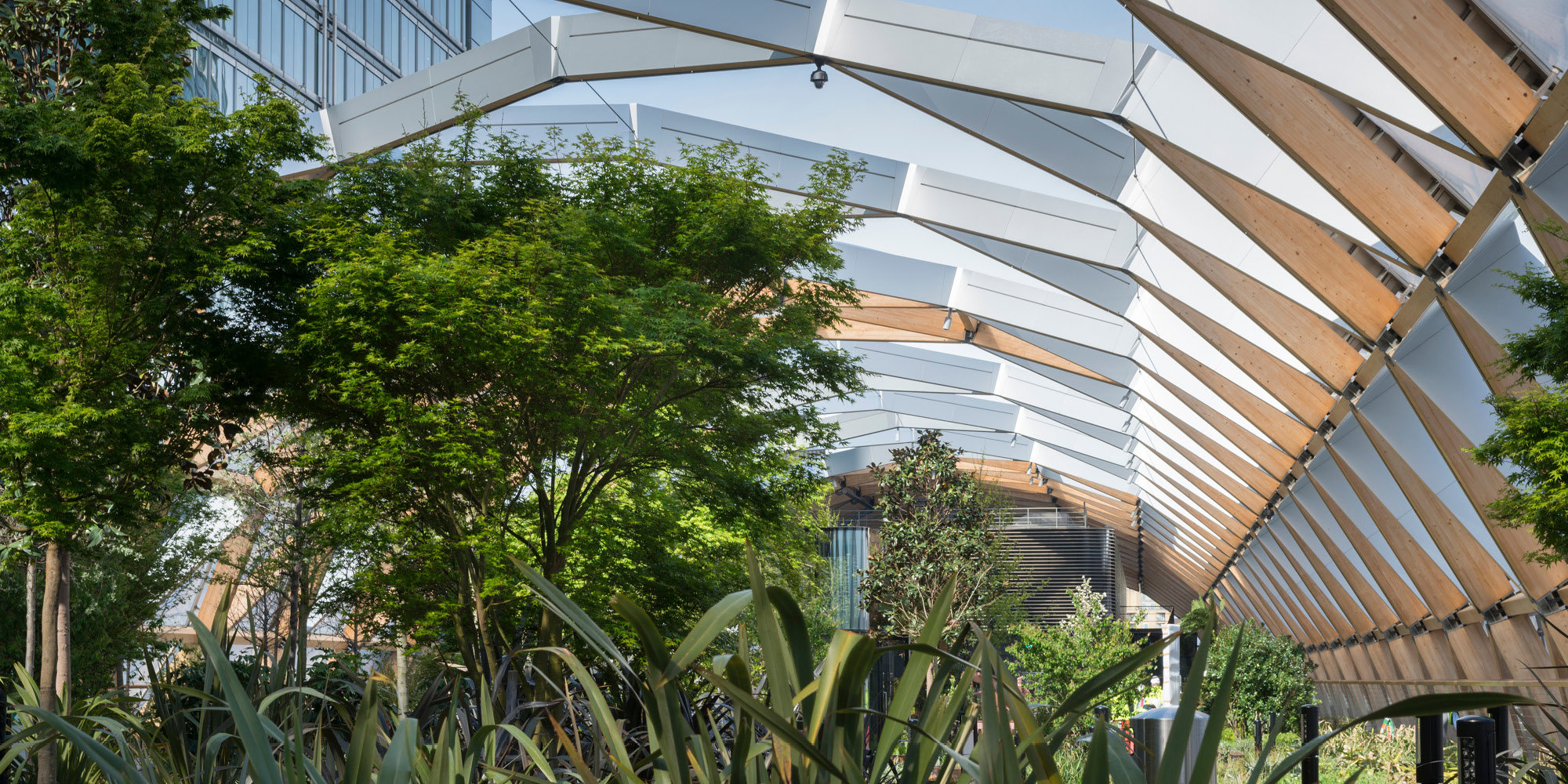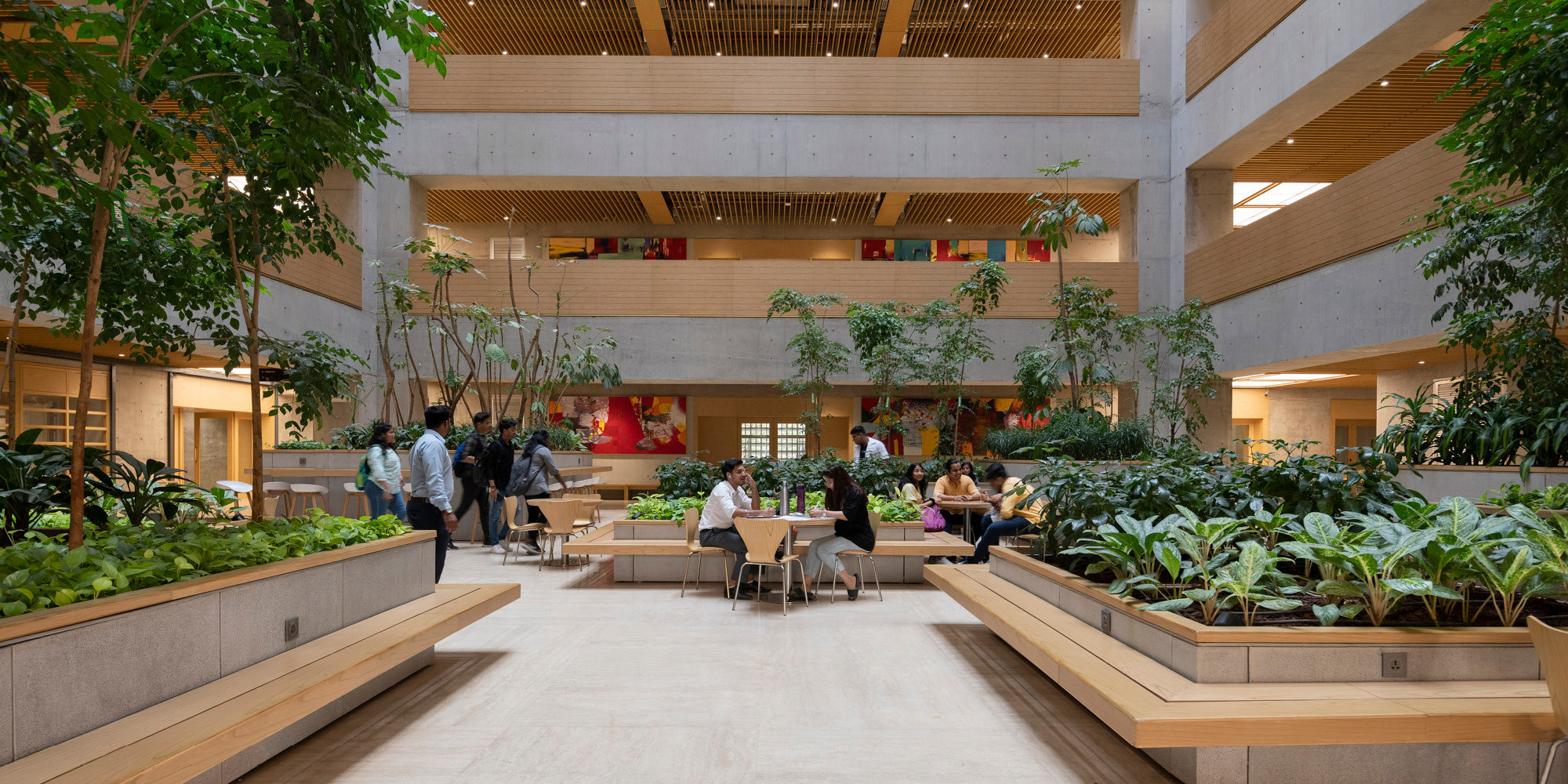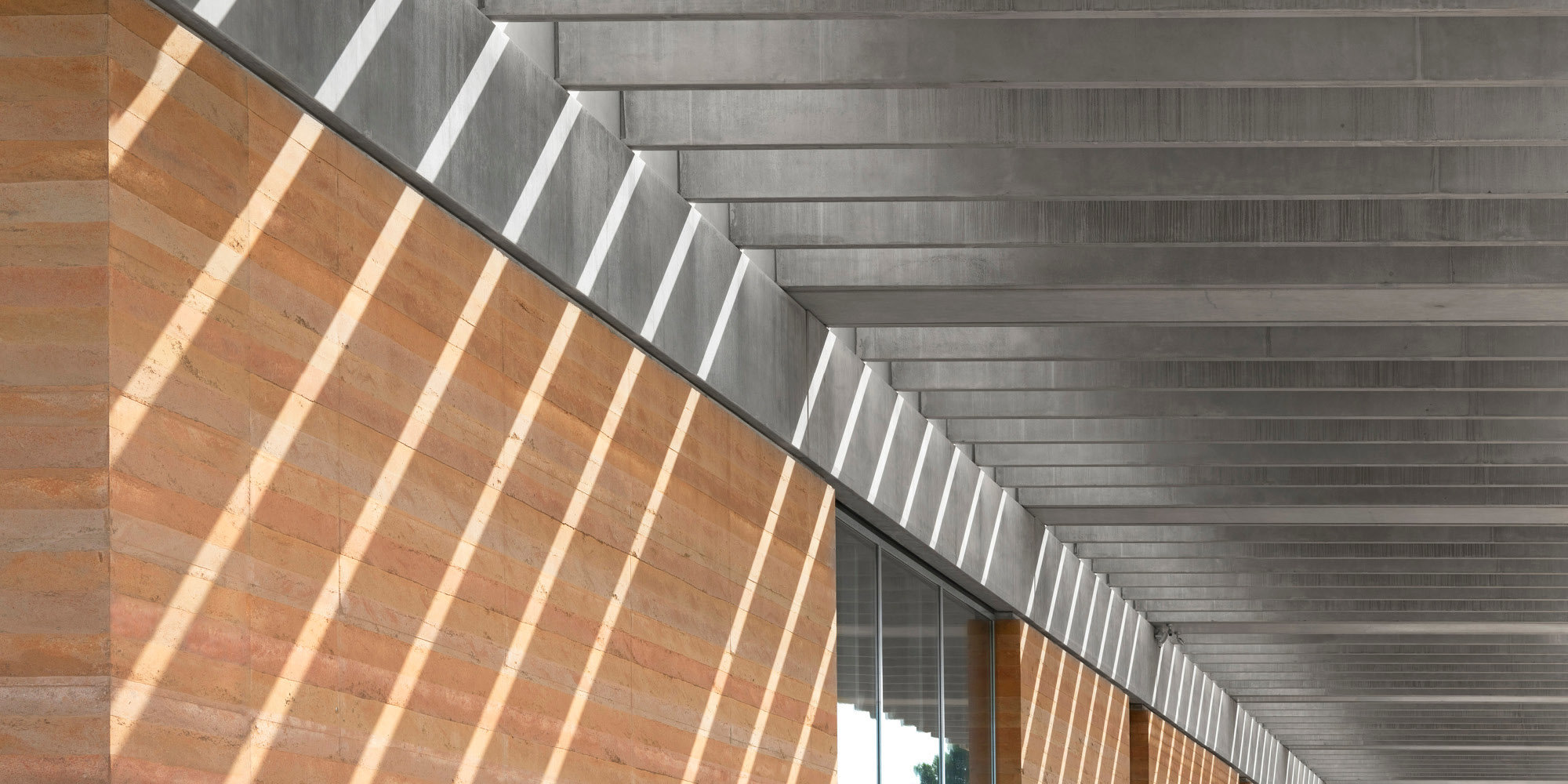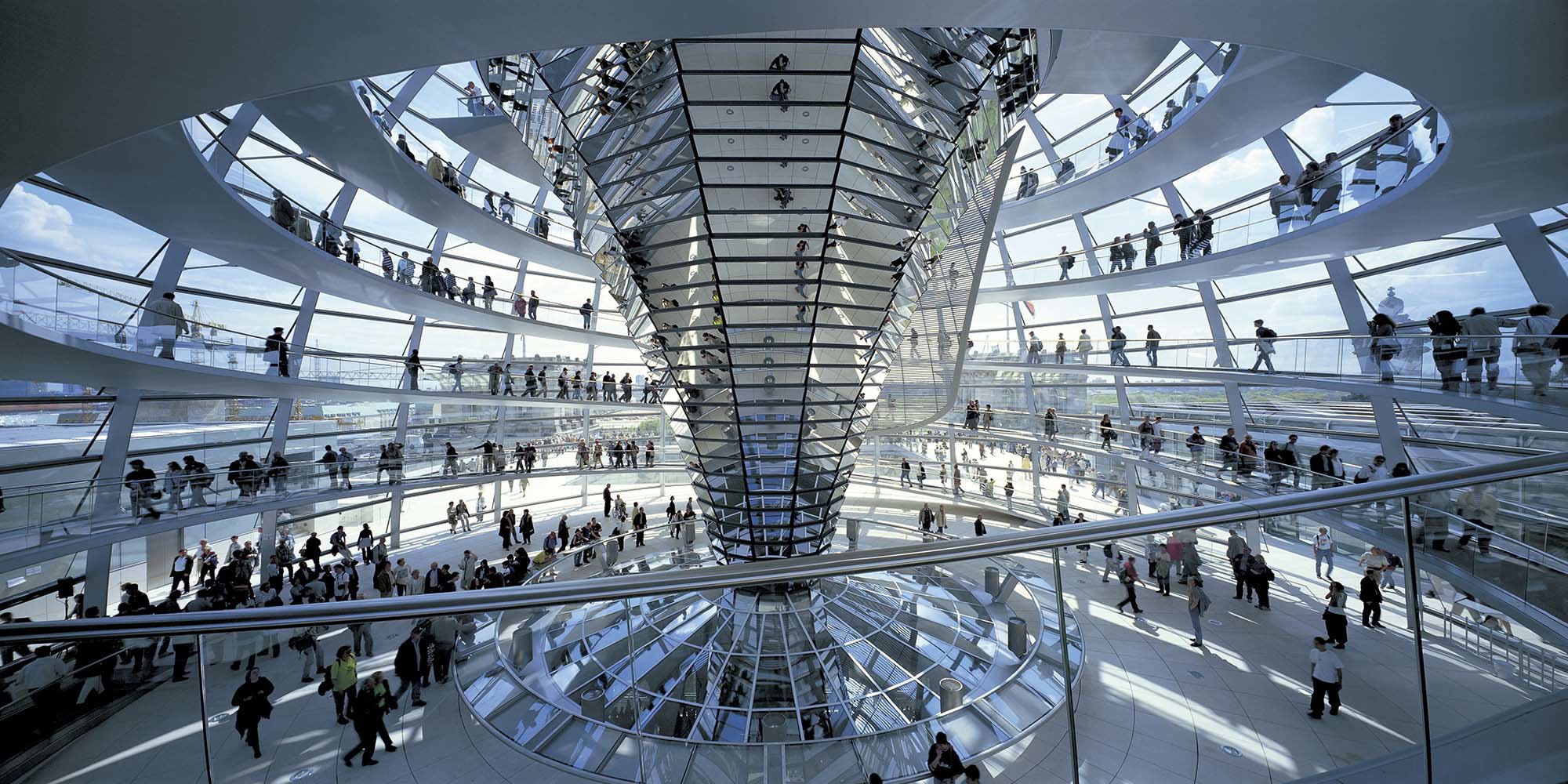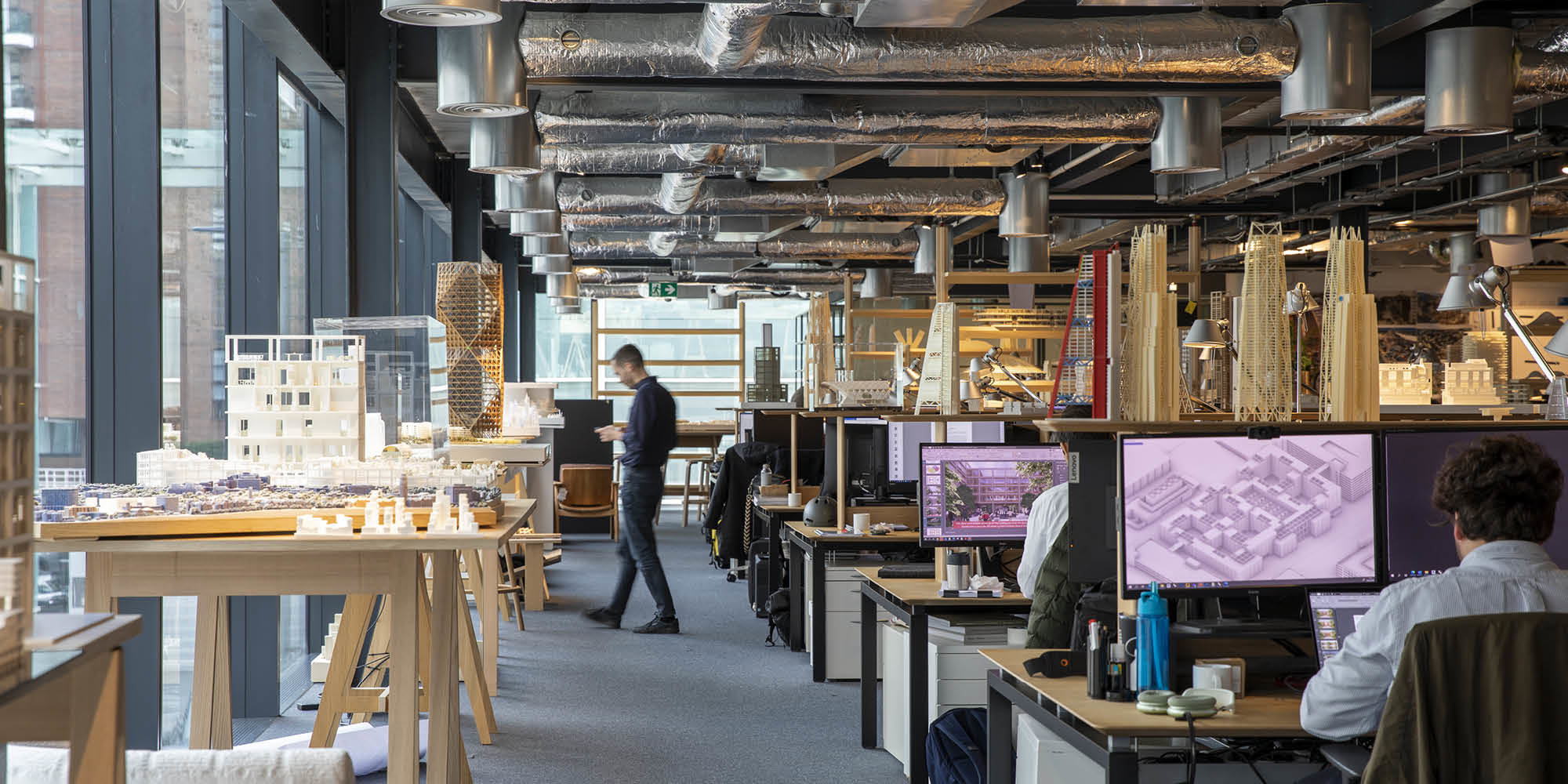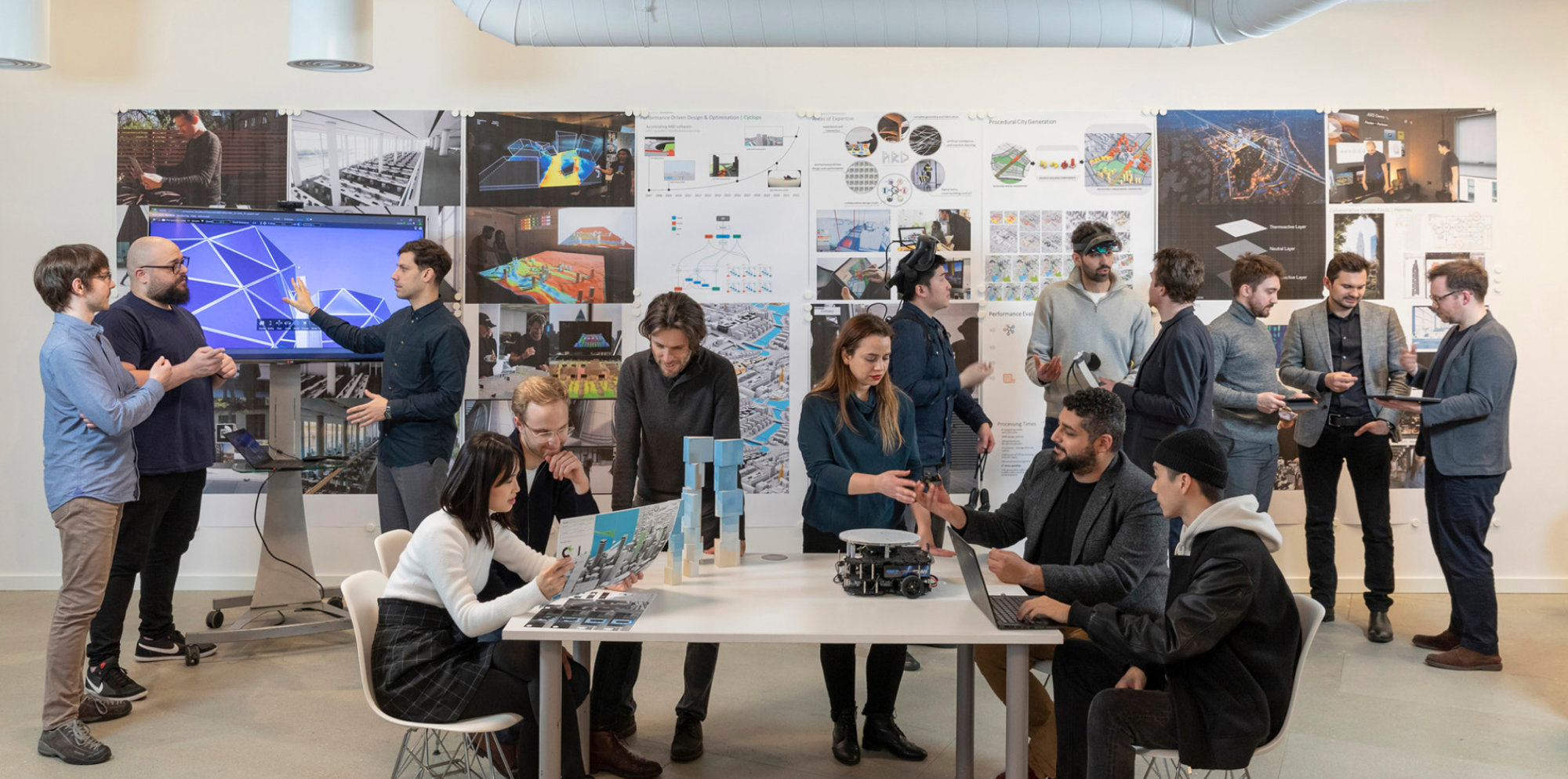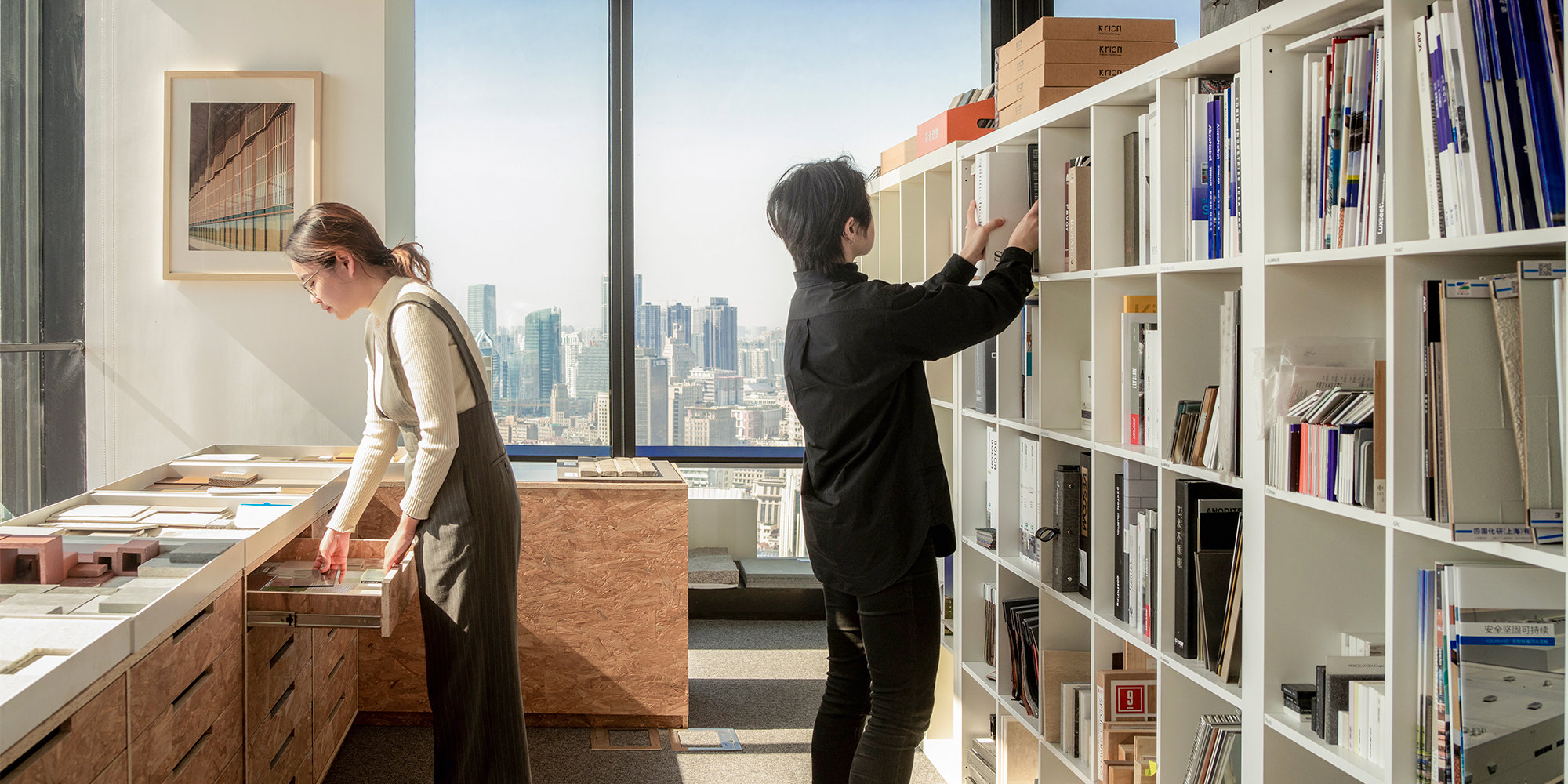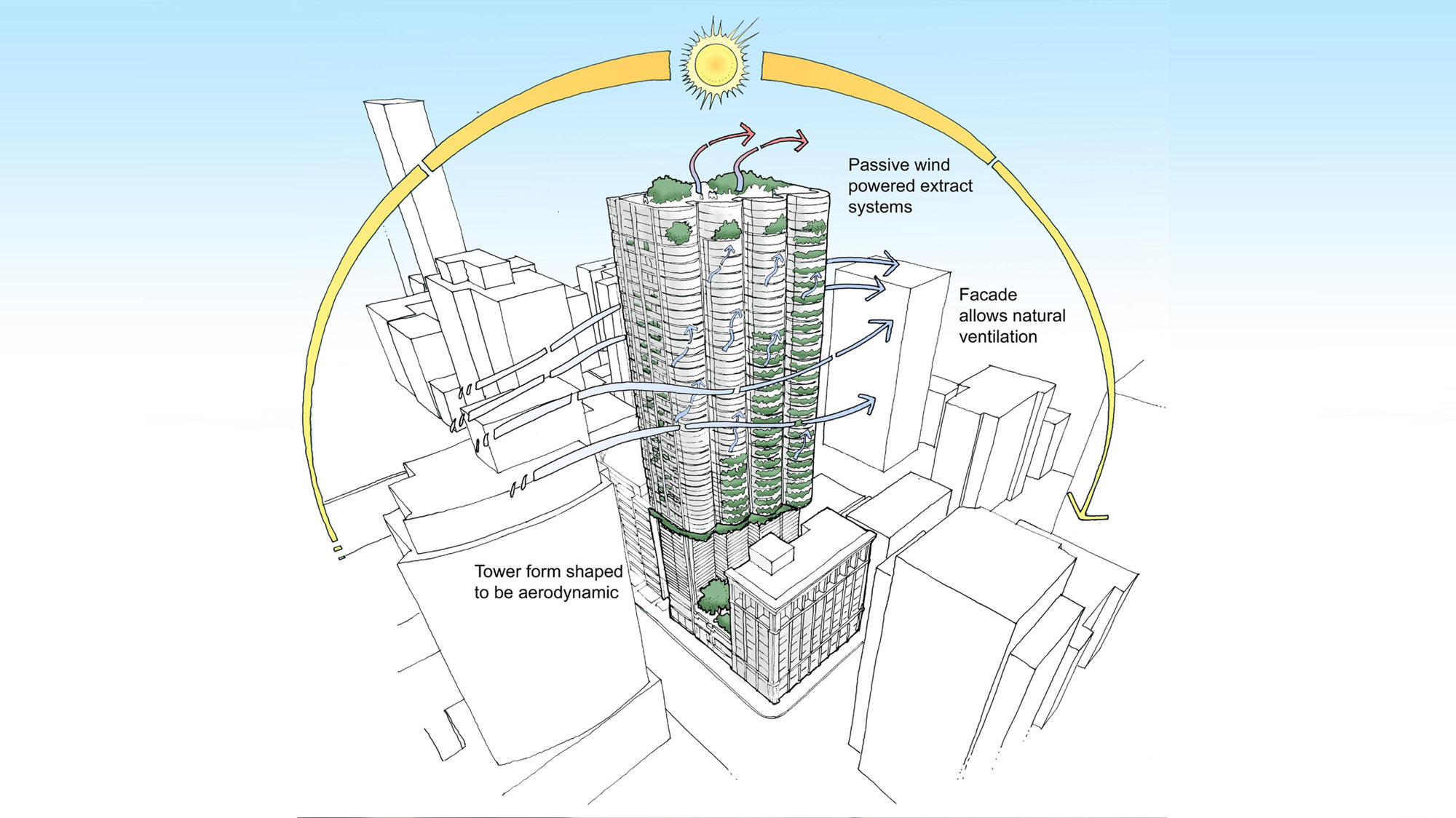Foster and Partners has unveiled designs for a new sustainable mixed-use tower in Vancouver, recently approved by Vancouver City Council. Rising above two existing buildings, Jameson House is located at the heart of the heritage district. Sited within walking-distance of workplaces, shops and leisure facilities, Jameson House offers an ideal model of sustainable urban living by reducing reliance on transport and balancing energy consumption between its mixed-use program of day- and night-time activities.
The buildings mix will reinforce the economic and social activity of the precinct area by attracting new shops and services for existing businesses and residents. The scheme involves the restoration of the A-listed 1921 Ceperley Rounsfell Building, retention of the facade of the 1929 B-listed Chamber of Mines, and the addition of a new tower with ten storeys of commercial space, including shops and a restaurant, and twenty-five storeys of apartments with underground parking. The formal massing of the tower refers to its urban setting, in particular, the adjacent thirty three-storey Terminal City Club tower, the adjacent ten storey buildings and the street-level two-storey heritage buildings.
This project continues Foster and Partners practice of designing contemporary interventions in historic structures that began with the New German Parliament at the Reichstag and the Great Court of the British Museum, and has recently been explored in a high-rise context with the Hearst Tower in New York. The Ceperley Rounsfell Buildings entire internal double height volume will be returned to its original configuration. Signage and fixtures to the new retail space will be consonant with the historic character of the building. The materials and scale of the office accommodation will contrast with the residential levels above, while referring to the architectural precedents of the surrounding ten-storey commercial buildings.
Sustainability has been key to the design strategy throughout. Careful balancing of energy supply through the developments mixed use has enabled full advantage to be taken of central cogeneration plant - the first to be used in Vancouver. It is planned to run on a bio-diesel primary fuel and combined with absorption cooling can supplement both cooling and electricity requirements for the building.
Developed to respond to the local climate, the concept for Jameson House has been sensitive to seasonal sunpaths, prevailing winds, humidity levels, air temperatures and precipitation rates specific to the location. Directional wind profiles and solar exposure have been used to help determine the faade design and external building form to achieve lower thermal loads and opportunities for open balconies and natural ventilation. Equally, exposure to the sun on the south elevations is maximised for potential solar thermal and photovoltaic power generation. Jameson House will also be a green building in a more literal sense. The top of the tower, the balconies, and a roof terrace at level 4 will be green spaces, introducing planting and trees to the precinct area, irrigated via a rainwater harvesting system.
